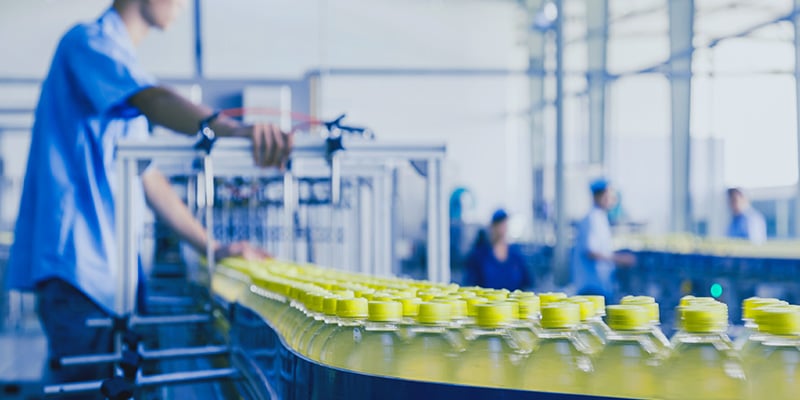
In 2011, the Food Safety Modernization Act was signed into law, giving the Food and Drug Administration (FDA) new authorities to regulate the way foods are grown, harvested and processed. The law has focused attention on the purity of our foods from the perspective of accidental contamination. For the first time in the history of food legislation, the concept of food defense has been introduced. Food defense is defined as measures to protect food from deliberate tampering from criminal or terrorist sources.
Almost any food, beverage, or other item you ingest could be of some risk. Protecting our food supply from intentional contamination, on the other hand, requires the practice of food defense strategies. Food defense is a relatively new but extremely important concept because of the many vulnerable access points in the farm-to-table food supply chain.
People often assume food contamination is unintentional but based on an evaluation of critical infrastructure in the early 2000’s, the federal government declared the food and agriculture sector to be one of 17 critical national infrastructures open to intentional attack. Organizations must take the time and money to create a food defense plan with comprehensive security requirements covering every aspect of its facilities including: processing, materials handling, personnel, storage, shipping/receiving, site security, utilities connections and the use of cybersecurity.
Processors of all types of food now will be required to evaluate the hazards in their operations, implement and monitor effective measures to prevent contamination and have a plan in place to take any corrective actions that are necessary. The average cost of a recall to a food company is $10 million in direct costs, in addition to brand damage and lost sales according to a joint industry study by the Food Marketing Institute and the Grocery Manufacturers Association.
Currently, Australia is in the midst of dealing with a sewing needle contamination found in strawberries. The Queensland Strawberry Growers Association, which said it believed a disgruntled former employee was behind the initial attacks, said the berries were most likely compromised “between the time they were packed and the time they were purchased.”
There are many different types of guidelines and protocols that should be in place that are appropriate for your type of facility. The FDA has a comprehensive Guidance for the Industry that should be adhered to. In terms of plant physical security, here are some good steps to have a plan of action for:
- Protecting perimeter access with fencing or other deterrent.
- Minimizing the number of entrances to restricted areas and set up strong access control to these entrances.
- Establishing a system of positive identification and recognition that is appropriate to the nature of the workforce (for example, issuing uniforms, name tags, or photo identification badges with individual control numbers, color coded by area of authorized access).
- Setting up remote monitoring and alarms that are triggered when unauthorized employees access certain areas.
- Monitoring the security of the premises using appropriate methods (for example, using security patrols, video surveillance).
Make sure your facility is up to date with the best practices and security measures by speaking with a professional. There are great risks to lives and well being when facilities are lacking in security protocols.
